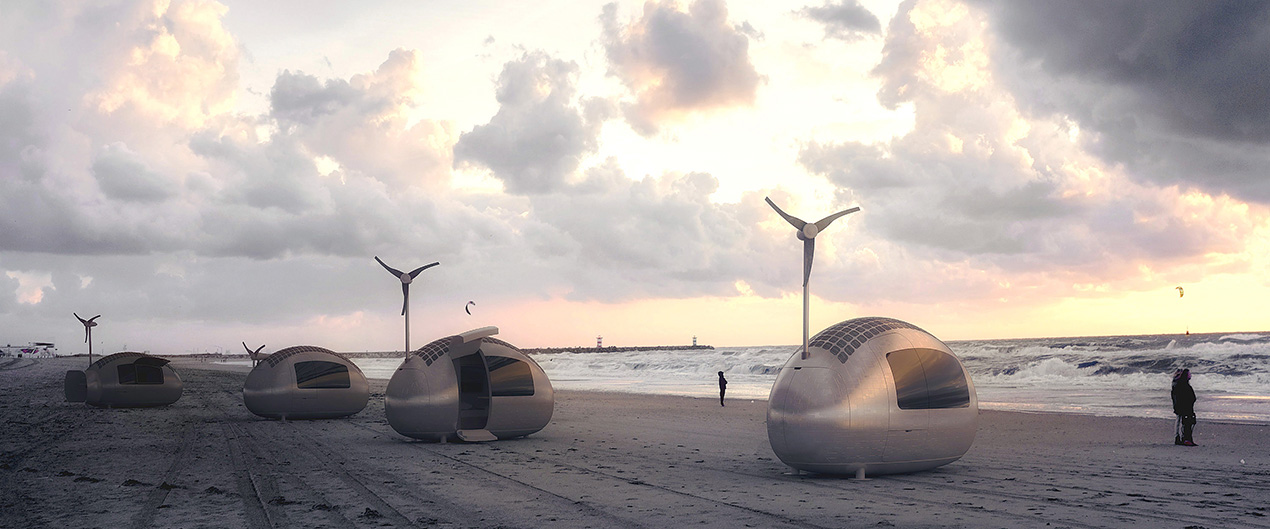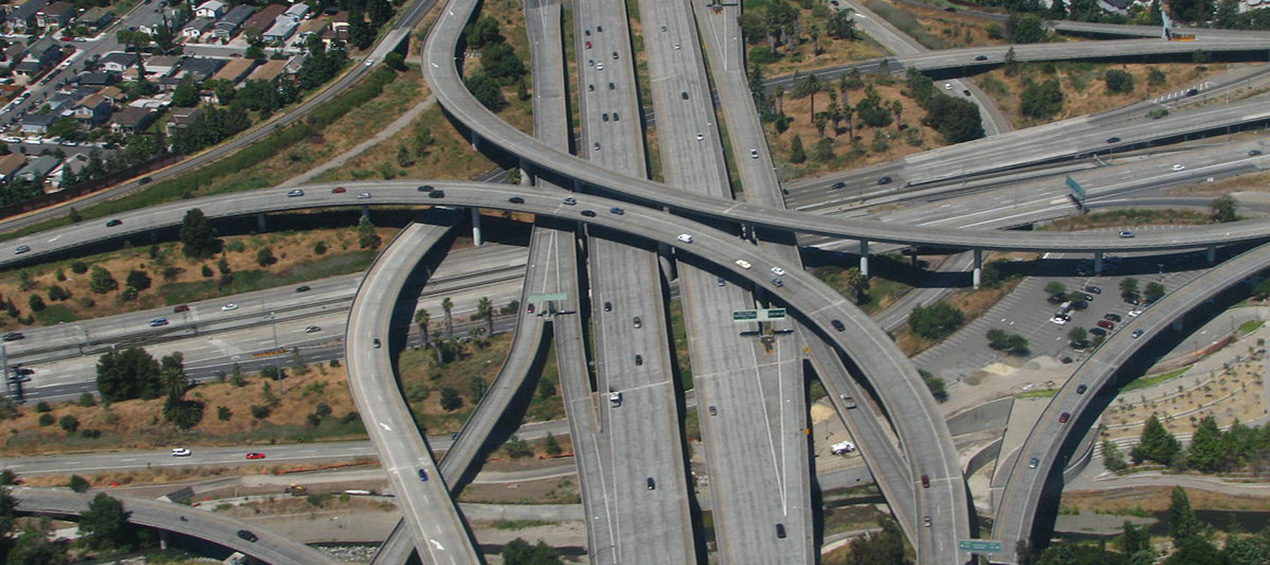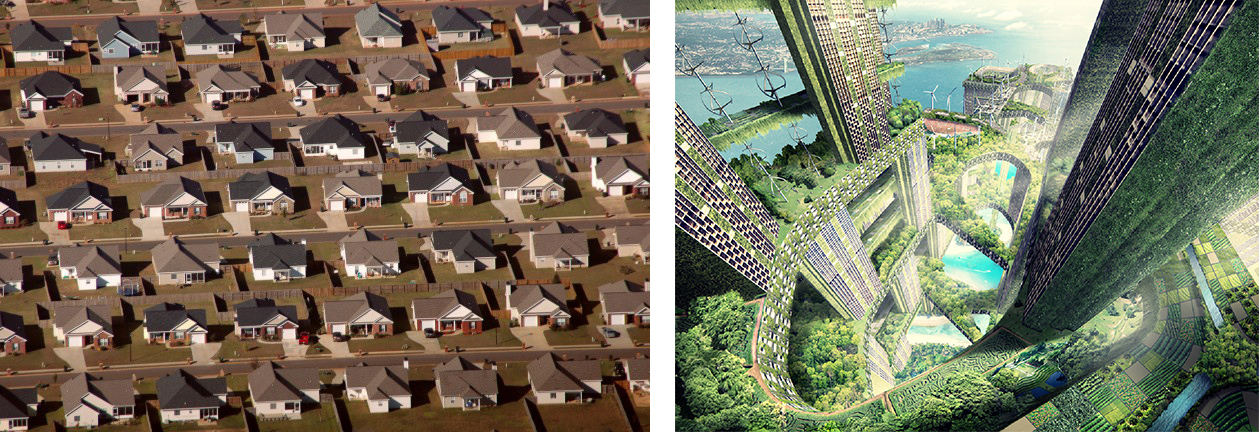Coworking and the future of cities
The second half of the 20th century and the beginning of the 21st have seen the most important technological revolution of all time. The Internet exploded and has helped make society more connected, has made large amounts of information available in real time and the cloud a work tool or for developing services and products. The coming decades show promise to be exciting when it comes to technological advances: self-driving cars, drones, machine learning, big data, etc. Nowadays, it's not easy to filter tonnes of technological data that we're subject to every day. In an interview with the BBC, Nicholas Carr, offers an interesting reflection on the role that technology will have in the society's future.
Remote working is one of the areas that has grown thanks to the Internet revolution. Coworking has turned out to be a fortunate structure for professionals, who, in addition to seeking a work environment, wish to establish links with the community that is found in this type of space.
All these changes will have an impact on current city models. It is predicted that 66% of the global population will be living in cities by 2060. Calculations suggest that there will be more than 40 cities with more than 10 million inhabitants in 2030 (Source: un.org). This scenario means that one of the main objectives for the 21st century is making this growth sustainable. What role will technology and new work models play in the city of the future? Making predictions is not easy, as the rhythm of technology, science and cities is very different. A new iPhone on the market can replace previous models in very little time, whereas in cities there are numerous layers left over the centuries.
The cities' future lies in making decisions about existing models and making new proposals, about:
- Urban/rural: There was recently news about an “ecocapsule”, which can be installed anywhere. But, is it really "eco" scattering people across the land? We could get some clues from just walking through a rural barbecue area. On the other hand, there are increasingly more initiatives that aim to recover rural towns sustainably. Coworking also has its place in this type of project, such as Le Mutinere Village (Paris, France) or Crearium in (Monzón, Spain).

- Commuting: Many large cities currently still have a central model, which forces their inhabitants to travel to the centre every day to work. In London, the "average" commute time is "74.2 minutes". London city's population multiplies by 56 during a normal work day. Work delocalisation, changes to transport methods and business structures influence in decentralizing and generating diversified multi-centres, in which coworking spaces are neighbourhood services, thus reducing commute times and car usage.

- Vertical vs Horizontal: In my opinion, future cities will be more compact and vertical. Growing upwards means that less ground is eaten up, and energy use and commute times reduce, which are produced in "oil stain" models. Developing new growth models must have a multi-disciplinary vision that generates integral solutions that are open to complex problems.

- Zonification vs use inclusion: Separating uses in cities hinders interaction between citizens and therefore the appearance and consolidation of communities with a feeling of identity. In coworking spaces, the space's physical layout with common areas that promote "collisions", open work areas or event areas where the community can meet are positive in promoting communication. In this sense, it is the same with regard to uses in cities, where the mixture of uses from the scale of the building, block and neighbourhood is favourable to creating relationships between its inhabitants. Coliving models are starting to appear on different parts of the planet, often reminiscent of the modern movement approach.

How do you think coworking will change your city?
Related stories
Connection, Belonging, Identity: Why Branding Matters When You’re Building Your Community
Guided by industry insights, we navigate the intricate landscape of branding, probing fundamental questions posed by thought leaders like Cat Johnson. Beyond logos and colour schemes, we uncover the essence of brand identity.
Elevating mixed-use spaces: The crucial role of hospitality and technology in community management
As mixed-use developments continue to grow in popularity, merging visitors with locals through a high level of hospitality, and community, in whatever way the space functions, is of prime importance.
The glorious renaissance of community-led coworking
Join us in exploring how the coworking movement transcends beyond just providing desks and chairs- it's a catalyst for community and collaboration.
3 Things People Want From Their Workplace Experience
According to Appspace’s 2023 Workplace Experience Trends & Insights Report, 93% of people who work in an office think their organisation could do more to improve the workplace experience. To craft a truly exceptional workplace experience, it’s useful to know what people are actually looking for in an office environment – which, of course, can change over time. So, we decided to do a little digging.
Overturning a Man’s World: How Coworking Supports Women - Part 2
In this follow-up to the recent blog post, Overturning a Man’s World, we continue an exploration of how coworking supports women.
Building an Inclusive Workplace Experience at Huckletree
Huckletree, a longstanding customer of Nexudus, has a growing network of shared workspaces across the UK and Ireland. It represents a community of over 4,000 people working across dynamic tech and creative sectors including web3, fintech, AI, govtech, and sustainable innovation.
How To Make Your Coworking Software Work For Your Brand
With so many new and interesting coworking offerings emerging, it’s never been more vital for existing spaces to differentiate themselves and stand out. And one of the best ways to achieve this is by establishing a strong brand presence.
Flexible Workspaces Management: Simplifying Corporate Success
Working from home is indeed not a new concept, at all! AT&T started to eliminate unused offices in 1991. Three years later, as part of an experiment to explore the extent to which a large organisation could revolutionise the workplace by bringing work to the employees, it had 32,000 employees working from home.
Behind The Desk: Meet Our Founders
Welcome to, where we dive deep into the brains behind Nexudus. Today, we’re chatting with Nexudus’ CTO and co-founder Adrian, as he shares his journey from selling Internet Cafe technology to being the co-founder of a global coworking company.
Creating Future-Ready Workspaces with Nexudus' Experts 🌍
We sat down with Stephen Wood, Nexudus’ North America Account Lead and our North American technology partner, Serge Rose, to talk about their recent collaboration in assisting a Canadian client with their migration to Nexudus and to delve into their thoughts on the future of technology in workspaces moving forward!

